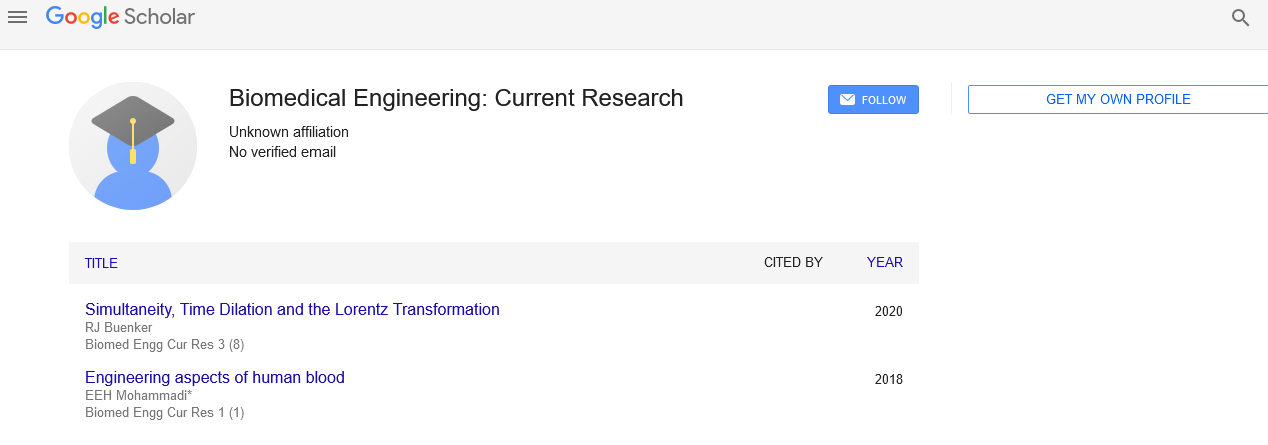
Sign up for email alert when new content gets added: Sign up
Abstract
Implantable collamer lens (ICL) in Keratoconus review
Author(s): Wadah Atamish*Keratoconus is a progressive, non-inflammatory thinning of the cornea that induces myopia and irregular astigmatism and decreases the quality of vision due to monocular diplopia, halos or ghost image. Keratoconus patients not qualified for corneal procedures and intolerant to refractive correction by spectacles or contact lenses have been implanted toric posterior chamber phakic intraocular lenses (PC pIOLs) alone or combined with other surgical procedures to correct the refractive errors associated with keratoconus as an off label procedure with special informed consent from the patients. The toric implantable collamer lens (TICL) is conventionally indicated for the correction of myopia in adults aged 21-40 years with myopia ranging from −3.0 to 23.0 diopters (D) and up to 6D of astigmatism at the spectacle plane, with anterior chamber depth (ACD) ³ 2.8 mm and a stable refraction within 0.5D for 1 year prior to implantation. The patients should have a best corrected distance visual acuity (CDVA) of at least 20/50 with no previous ocular surgery, normal intraocular pressure and open anterior chamber angles (Shaffer grade 3 and 4 or Scheie grade 0 and 1). The results of peer-reviewed, published articles outline the role of each treatment modality in addressing the different optical manifestations of keratoconus. ICRS reduce irregular corneal astigmatism and help to centralize eccentric cones. Corneal CXL (cross linking) is performed once the corneal shape normalizes to stabilize the biomechanically unstable cornea. Intraocular correction of the residual spherocylindrical refractive error with a toric pIOL gives good refractive outcomes though the visual quality is limited in those eyes with associated high corneal total and higher order aberrations.




